Today we will visit the 4th Medieval City of Delhi. Let's know the brief history of this place.
Muhammad bin Tughluq:
The 4th medieval city of Delhi, also known as Jahanpanah was established by Muhammad bin Tughluq (reign: 1 February 1325 – 20 March 1351). Muhammad bin Tughluq ascended to the Delhi throne upon the death of his father, Ghiyasuddin Tughluq (who founded the Tughlaq dynasty and his city in Tughluqabad, 3rd medieval city of Delhi) in 1325. Muhammad bin Tughluq died on his way to Thatta in Sindh on 20 March 1351, while he was campaigning in Sindh against the Taghi, a Turkish slave tribe.Today our starting point is Hauz Khas metro station (interchange of Yellow and Magenta Line) and exit-1.
Bijay Mandal
Ruined Palace
The actual history of Bijay Mandal is unknown. Some speculate it was built during the reign of Alauddin Khalji (reign: 19 July 1296–4 January 1316). But he had already built a huge Siri fort. So, as per Bijay Mandal location, it is located in 'Jahanpanah', the fourth medieval city of Delhi founded by Muhammad bin Tughlaq (Reign: 1 February 1325 - 20 March 1351).
On the strength of his years of study in Mecca in Saudi Arabia, Ibn Battuta was appointed a qadi, or judge, by Sultan Muhammad bin Tughluq. Ibn Battuta (24 February 1304 – 1368/1369) and his group reached the Indus River on 12 September 1333. From there he traveled to Delhi and became acquainted with Sultan Muhammad bin Tughluq. Ibn Battuta worked here until 1341.
Ibn Battuta stated that the Hajar Sutan Palace (Palace with 1000 Pillars), which was built outside the boundaries of Siri Fort but within the Jahanpanah city area, was Tughlaq's residence. The grand palace is vividly described with its beautifully carved wooden canopy and columned audience hall. He also describes the palace with multiple rooms and large public audience hall as the famous Hazar Sutan Palace. It was also interpreted as an observation tower to monitor the activities of his troops.
So based on the area, and the year of Ibn Battuta's arrival, it is believed that Muhammad bin Tughluq built the palace sometime between 1325-1333.
A boundary gate is located on the eastern side. It is the main gate next to a road. Another small boundary gate is located in the south-west corner. I entered through the east gate and found a ruin on a raised floor, but no stairs to ascend to the east side. I went north and saw the stairs in the northeast corner.
It was a huge palace almost destroyed. Only the north wall is visible and after a long gap, a few ruined structures can be seen at the southern end. Long empty spaces filled with tall grass.
Near the northern wall, I saw a small white wall type temple and some people worshiping. Seeing people in this haunted place made me feel relieved that I wasn't alone.
When I looked at the structure at the far south end, I saw some boys on top of the structure. It appears to be a three-story structure. So I asked one (worshiper), how did the boys get on the roof, is there any way to get on the roof? When they said yes, I set my target on the roof, and started going.
When I reached the south end, I saw a tower on the side (west side) of the structure. I entered through the tower.
After crossing the tower I saw a small boundary gate on the right. Then I understood that local people come through this gate. Then I stepped to the left to enter the structure. And reached the 2nd floor.
Then I started going to the roof and met the boys, they were playing even though it was a dangerous place. I am on the top of a stucture which was built between 1325-1333.
Visiting Time: Sunrise to Sunset.
Entry Fee: Free.
Photography: Allowed.
How to go: It is located about 200 meters from Hauz Khas metro station (interchange of Yellow and Magenta Line) exit-1 towards south south. After exiting metro station walk same direction towards east. Then turn first right (south). Walk to end, road turns right left then again south. You will see the gate on your right.
Begampur Masjid
Mosque
The actual history of Begampur Masjid is unknown. Ibn Battuta, the famous Moroccan traveler who lived in Delhi from 1333 to 1341 and described the reign of Muhammad bin Tughluq in detail, but did not mention such great architecture of the mosque. Hence it is believed that the mosque was built after 1341. It is also said that when Timur invaded Delhi in 1398, he was so impressed by the mosque that he took a few artisans with him to Persia, to build a similar mosque in Samarkand.
Hence from these histories it is assumed that the mosque was built sometime between 1341-1398 during the Tughluq period.
The construction of this mosque is attributed to two sources. One view is that it was built by Muhammad bin Tughluq due to its proximity to the Bijay Mandal and may date back to 1351 AD, the year Tughlaq died here. Another view is that it was built by Khan-i-Jahan Maqbul Tilangani, the Prime Minister during the reign of Firoz Shah Tughluq, who was the builder of seven more mosques.
The mosque was occupied by the occupier for a long time but was cleared by the Archaeological Survey of India (ASI) in 1921.
Visiting Time: Sunrise to Sunset.
Entry Fee: Free.
Photography: Allowed.
How to go: It is located about 100 meters from Bijay Mandal towards south.
Sarai Shahji Mahal
Historical Landmark
The building is in a good state of preservation. It was probably a place for travelers to stay and rest. There are two buildings, connected to each other but not internally connected. Both the buildings belong to the Mughal period.
The first is a rectangular building with a large courtyard in the center. The courtyard is surrounded by a wall containing several graves. To its west is a balcony with a pyramidal roof.
The second is a somewhat elaborate tower-shaped apartment that rises from the northwest corner of the complex. A single room is entered through a set of three doors within a large arch. Above the doorway is a balcony-like projection supported by red sandstone brackets.
Visiting Time: The entrance is always locked by a guard, no entry is allowed.
Photography: Allowed only from outside iron gate.
How to go: It is located about 450 meters east of Begumpur Masjid. Walk south from the east gate of the mosque and take the first left (east). Continue walking south along the field towards east. After the field you will see a road leading left (north) before another field. Turn and walk. At the end a narrow path to the northeast will take you to the place.
Lal Gumbad
Tomb
The Lal Gumbad was built in 1397 AD during the Tughluq period as the tomb of a Sufi saint Sheikh Kabiruddin Auliya. Sheikh Kabiruddin was a disciple of the Sufi saint Sheikh Rawshan Chiragh-i-Delhi (1274 – 1337, disciple and successor of Nizam Uddin Auliya). It is believed to be a miniature replica of Ghiyasuddin Tughluq's tomb at Tughlaqabad.
There is a single domed mosque besides the tomb.
Visiting Time: Sunrise to Sunset.
Entry Fee: Free.
Photography: Allowed.
How to go: It is located about 500 meters from Sarai Shahji Mahal towards east. Walk towards east from Shahji Mahal. At the end turn left (north) and walk. At the end turn right (east) and walk. The road turns to south. Gumbad will see on your left at this road.
Baradari Mosque
Mosque
Believed to have been built in the 14th or 15th century.
Visiting Time: Sunrise to Sunset.
Entry Fee: Free.
Photography: Allowed.
How to go: It is located about 450 meters from Lal Gumbad towards east, south of Panchshila Park at Sadhna Enclave. From Lal Gumbad gate, walk towards north. The road turns west. You turn to the first right (north) and walk. There is a gate, enter and walk. Then turn first right (east) and walk. You will see a narrow street with shops at the end of the road. Walk and you will reach to the mosque.
Sadhna Enclave Tomb
Tomb
The tomb believed to have been built during Lodi period (1451–1525).
Visiting Time: Sunrise to Sunset.
Entry Fee: Free.
Photography: Allowed.
How to go: It is located east of Baradari Mosque at Sadhna Enclave.
Tomb of Shaikh Alauddin
Tomb
Shaikh Alauddin Noor Taj was the grandson of the great Sufi saint Baba Fariduddin Ganjshakar of Pakpattan, Pakistan. Farid was the mentor of Nizamuddin Auliya.
Sheikh Alauddin was born in Pakpattan in 1467 AD, but later moved to Delhi. In Delhi, Alauddin met a Sufi contemporary of the time, Shaikh Yusuf Qattal. They both became firm friends. After the death of Shaikh Yusuf Qattal in 1527 AD, Alauddin built the mausoleum for him. Sheikh Alauddin Noor Taj died in 1541 AD during the reign of Shershah Suri.
The place where he was buried is now surrounded by urban buildings. Condition is not so good.
Visiting Time: Sunrise to Sunset.
Entry Fee: Free.
Photography: Local people objected to taking pictures. So try if empty.
How to go: It is located about 600 meters from Sadhna Enclave Tomb towards southeast. The location is hard to find. Walk south from Sadhna Enclave. At the end the roads turn left (to the east). At the end of the road, you will see a gate, exit the gate. Turn left (north) and walk about 140 meters. You will see a mosque called "Kali Masjid" on your left.
Walk 1 or 2 buildings north just from opposite of the mosque. You'll see a narrow walkway leading inside (See I marked the red arrow).
Walk and you will see the tomb.
Shaikh Yusuf Qattal's Tomb
Tomb
Sheikh Yusuf Qattal was a popular Sufi saint who lived during the reigns of Sultan Ibrahim Lodi (1517–1526) of Lodi dynasty, and Mughal King Babur (1526–1530) and died in 1527. He is believed to have worshiped at Satpula near a water dam built during the reign of Muhammad bin Tughluq.
Records indicate that the tomb was built by Sheikh Alauddin, grandson of Sufi saint Sheikh Fariduddin Ganjshakar, the spiritual mentor of Hazrat Nizamuddin Auliya.
Visiting Time: Sunrise to 5 PM.
Entry Fee: Free.
Photography: Allowed.
How to go: It is located about 770 meters from Shaikh Alauddin Tomb towards south.
Khirki Masjid
Mosque
Khan-i-Jahan Junaan Telangani, the Prime Minister of Firuz Shah Tughluq (1351–1388) was built the mosque between 1351 and 1354, during Firuz Shah stay in Jahanpanah.
Visiting Time: Sunrise to 5 PM. You may see the gate lock. Ask the guard. He will open the gate.
Entry Fee: Free.
Photography: Allowed.
How to go: It is located about 320 meters south of Shaikh Yusuf Qattal's Tomb.
Satpula
Historical Landmark
Satpula literally means "Seven Bridges". It is a remarkable ancient water collection dam or weir, built by Muhammad bin Tughluq (reign: 1 February 1325 – 20 March 1351). The actual construction date of Satpula is unknown, it is believed to have been built in 1343.
Between 1334 and 1344, repeated droughts caused famines that were compounded by the Black Plague. These two natural disasters have increased the suffering of the people of the country. An emergency Satpula had to be constructed to remedy the dire situation. The purpose of constructing the weir was to provide water for irrigation and, as part of the city wall, to provide defensive protection to the city against invading armies.
During medieval times, it connected four major cities, namely, Qila Rai Pithora (First Medieval City of Delhi), Siri (Second Medieval City of Delhi), Tughlaqabad (Third Medieval City of Delhi) and Jahanpanah (Fourth Medieval City of Delhi). It boundaries encompassed three previously built cities.
Locally, the water stored by the weir is believed to have healing powers as the Sufi saint Nasiruddin Mahmud is said to have used the water from this reservoir for daily prayers before praying at the mosque.
Visiting Time: Sunrise to 5 PM.
Entry Fee: Free.
Photography: Allowed.
How to go: Satpula is located about 800 meters east of Khirki Masjid. You will see a park gate first which called "Distt. Park Satpula Lake". Don't enter the gate. WAlk towrds east and you will see another iron gate with a view of the Dam
Hope this post will help you. Write your comment below and please share it with your friends.
You May Also Like
Travel Delhi: Day-1
Travel Delhi: Day-2
Travel Delhi: Day-3
Travel Delhi: Day-4
Travel Delhi: Day-5 (You are here)
Travel Delhi: Day-6
Travel Delhi: Day-7
Travel Delhi: Day-8
Travel Delhi: Day-9
Travel Delhi: Day-10
Travel Delhi: Day-11
Travel Delhi: Day-12
Travel Delhi: Day-13
Travel Delhi: Day-14
Travel Delhi: Day-15
Travel Delhi: Day-16
Travel Delhi: Miscellaneous
Click below to go
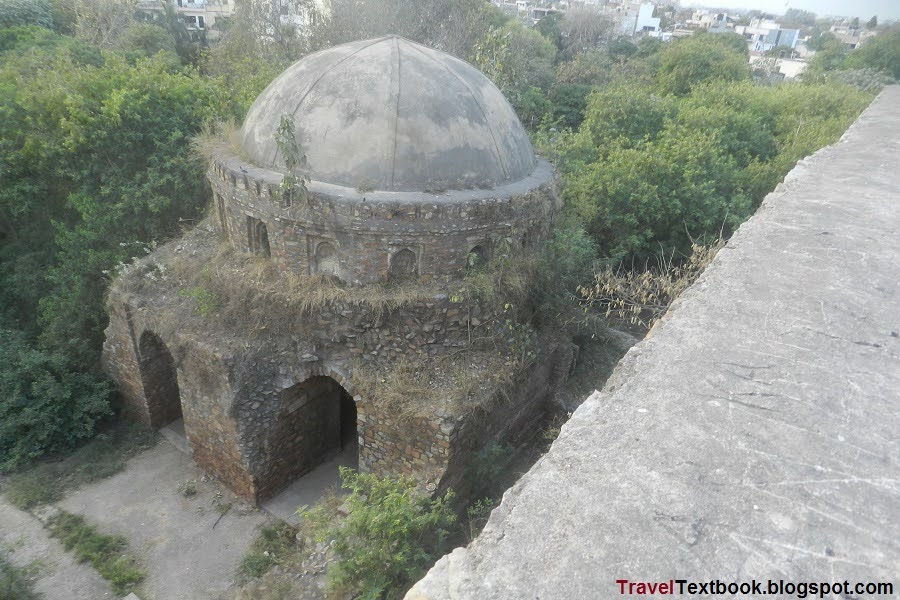
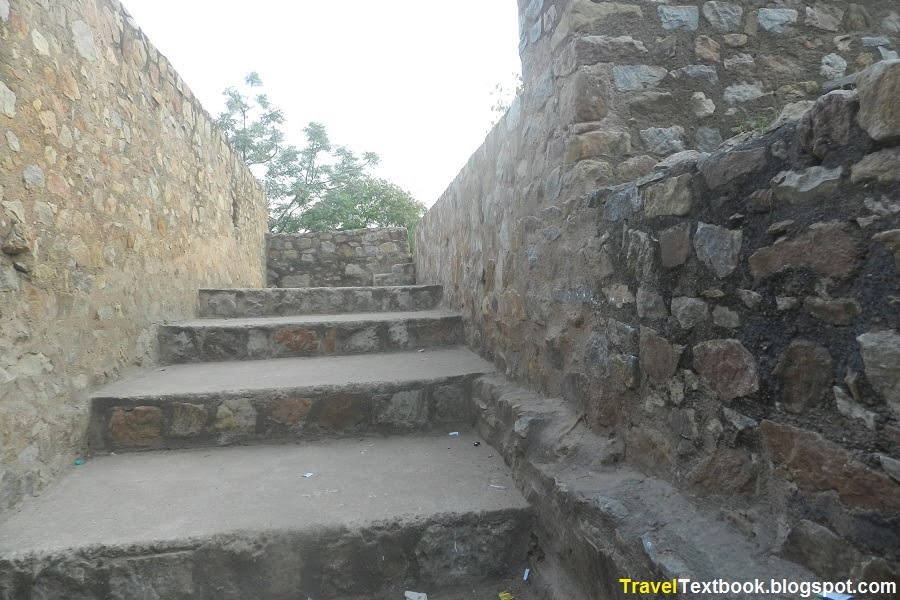


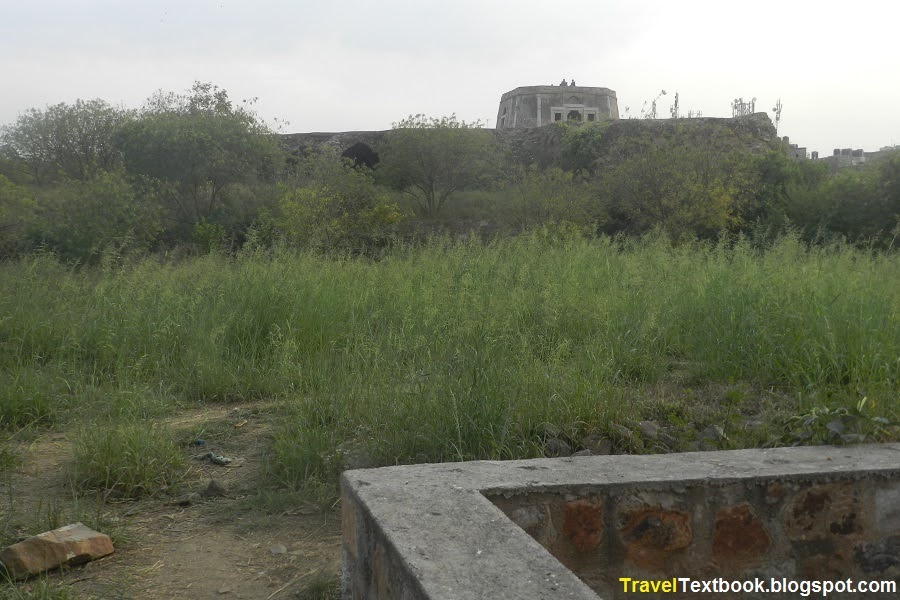
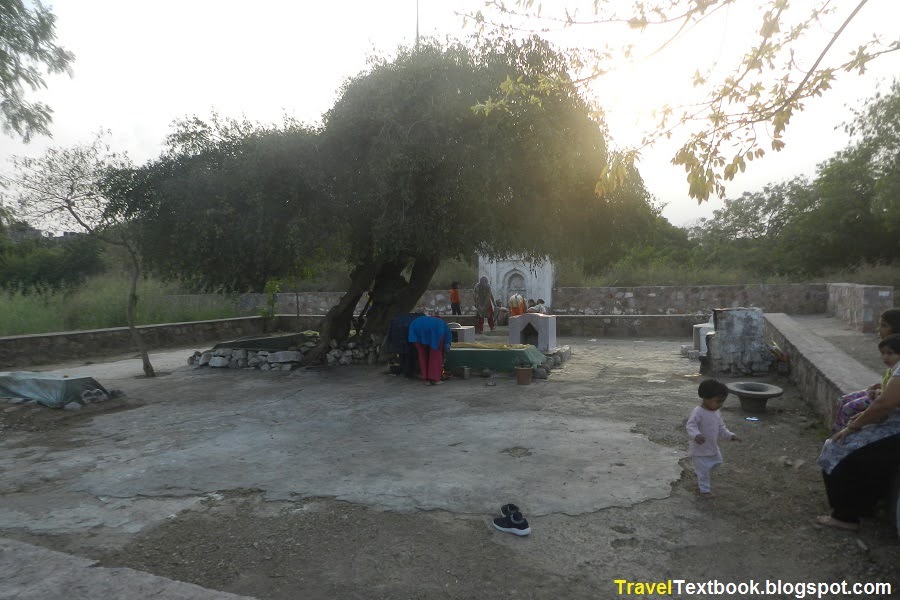

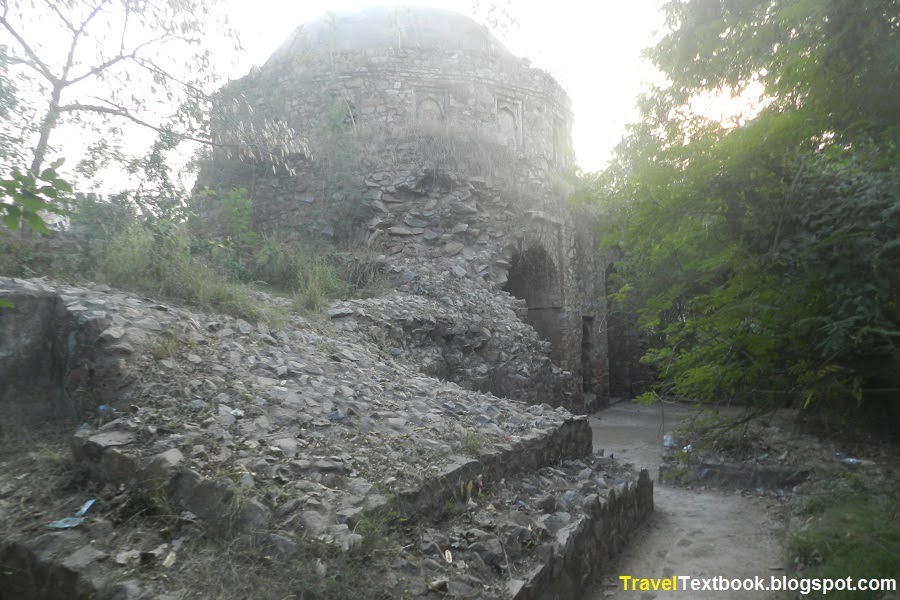

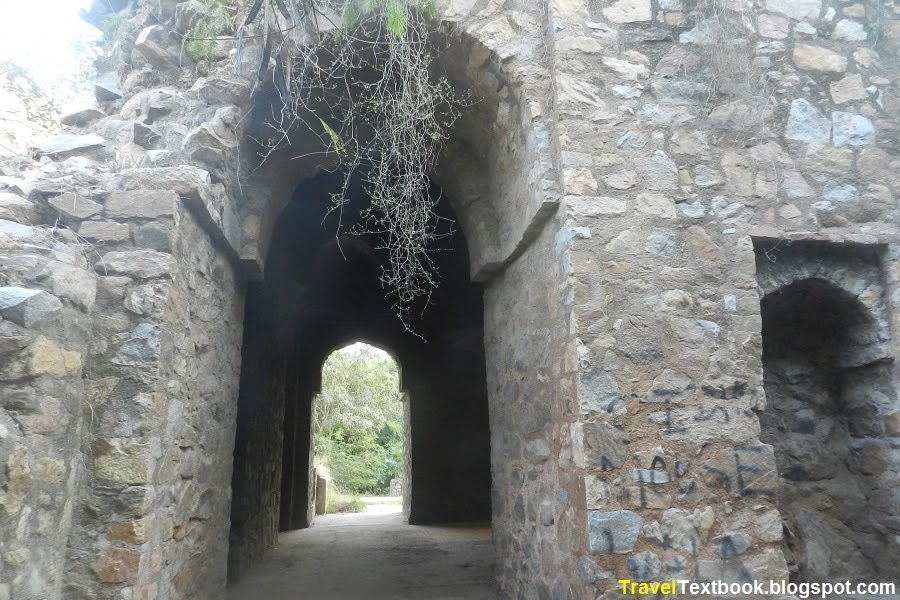
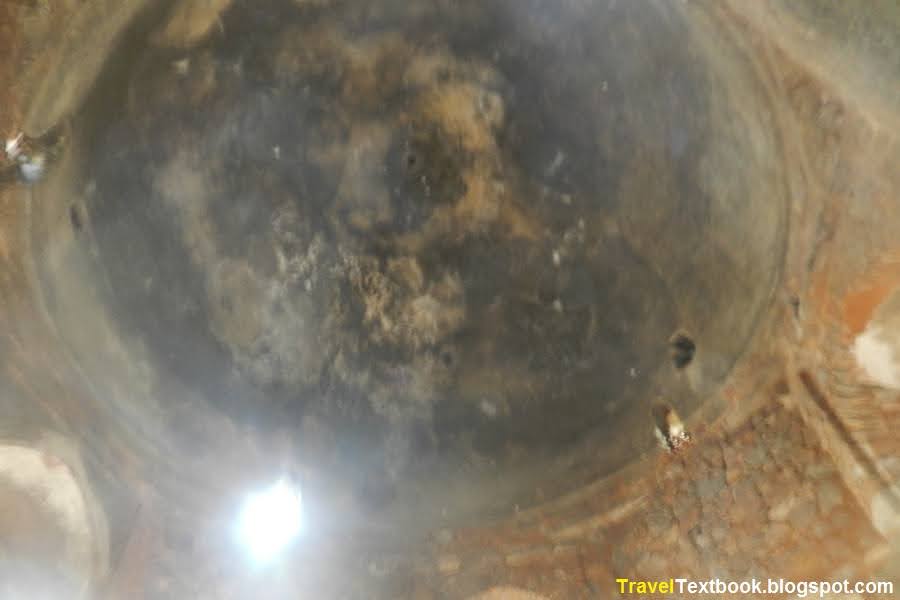
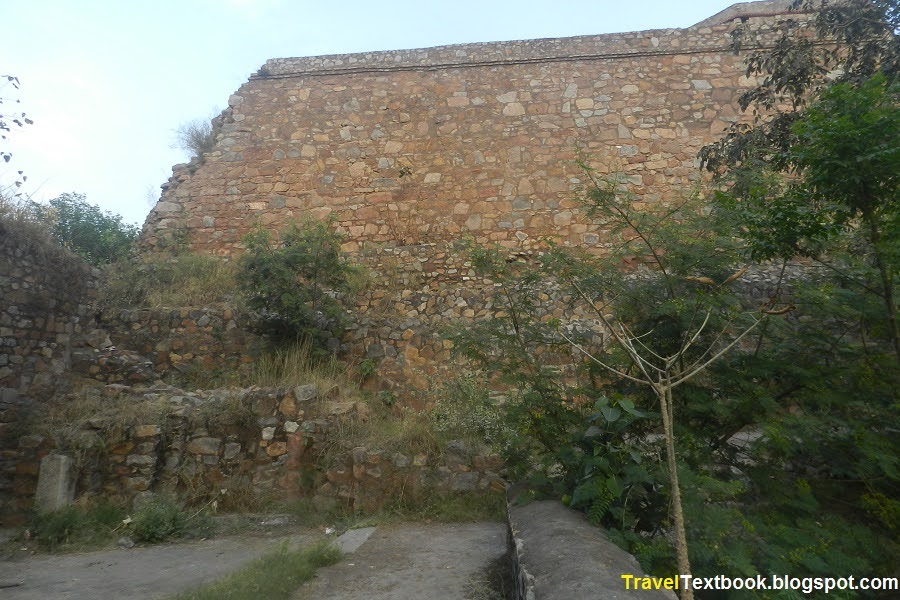



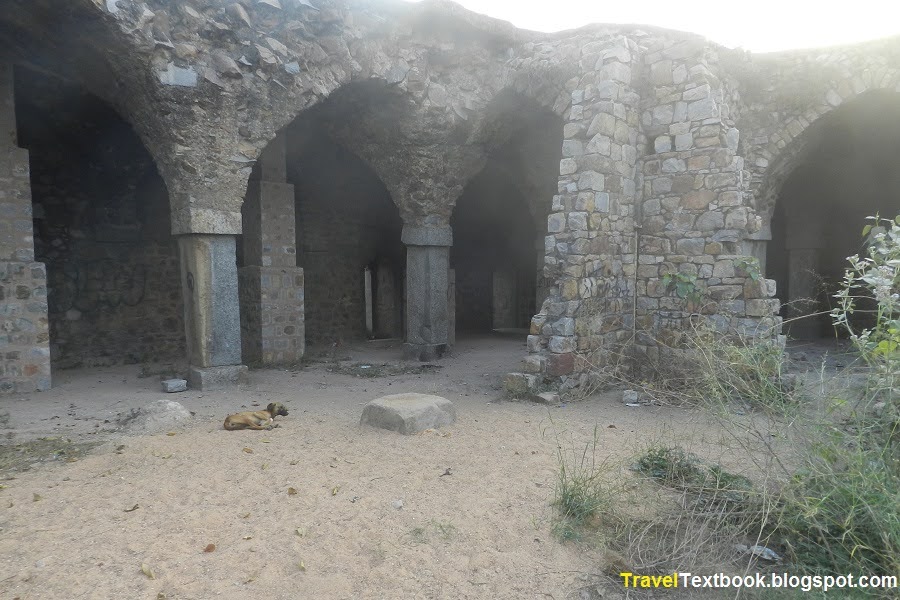
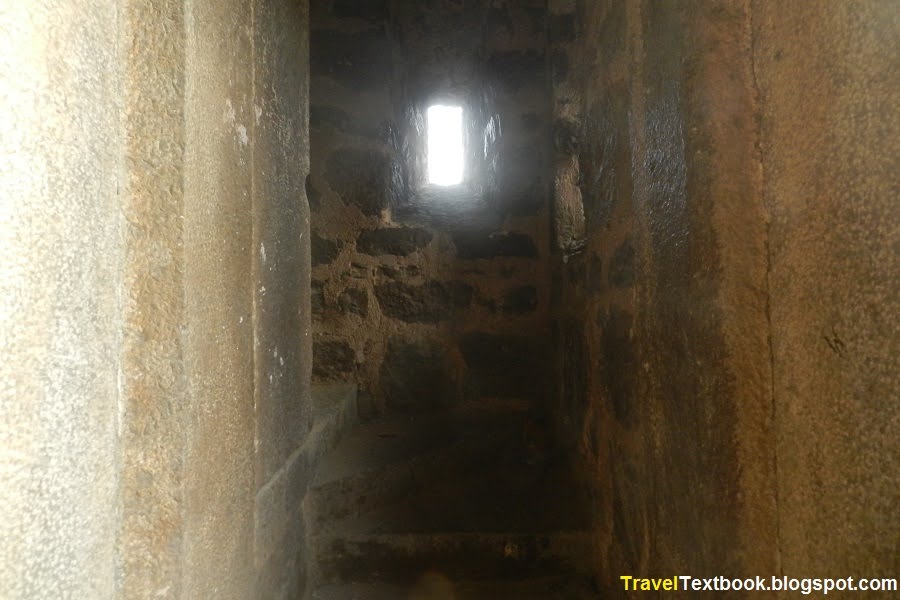
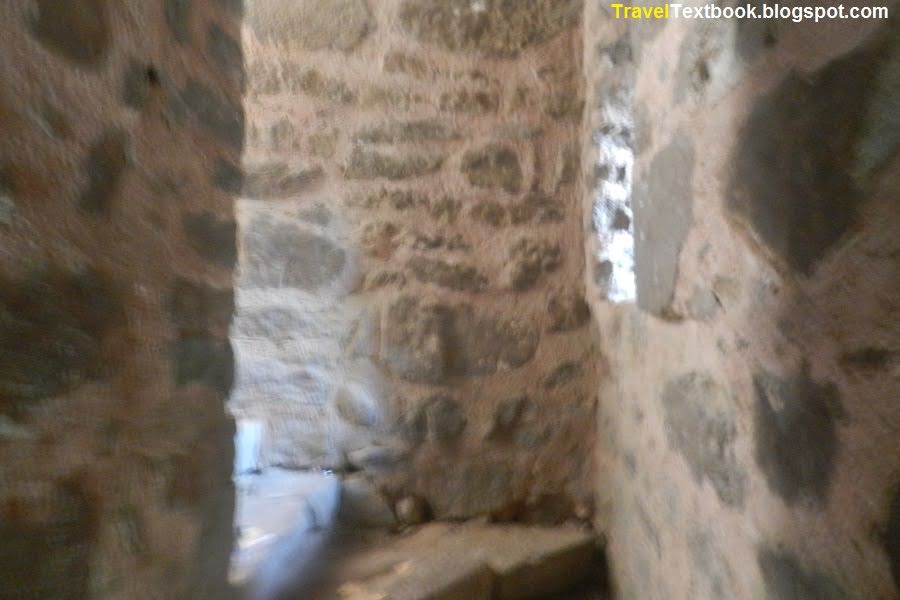
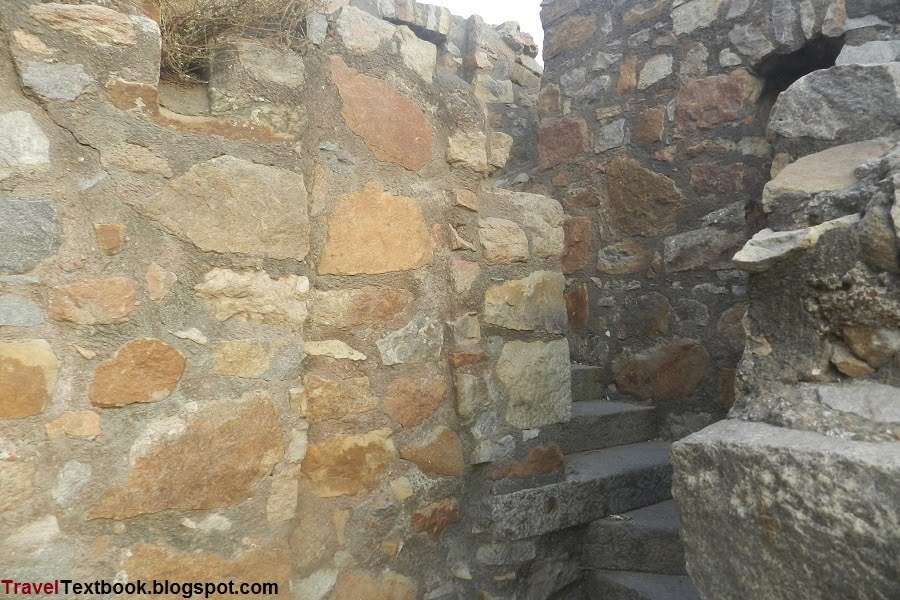






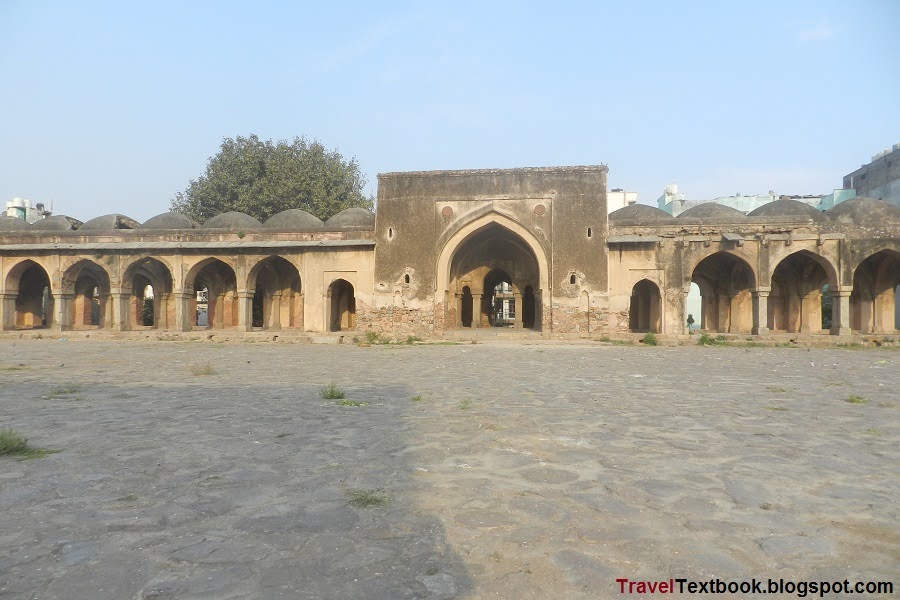

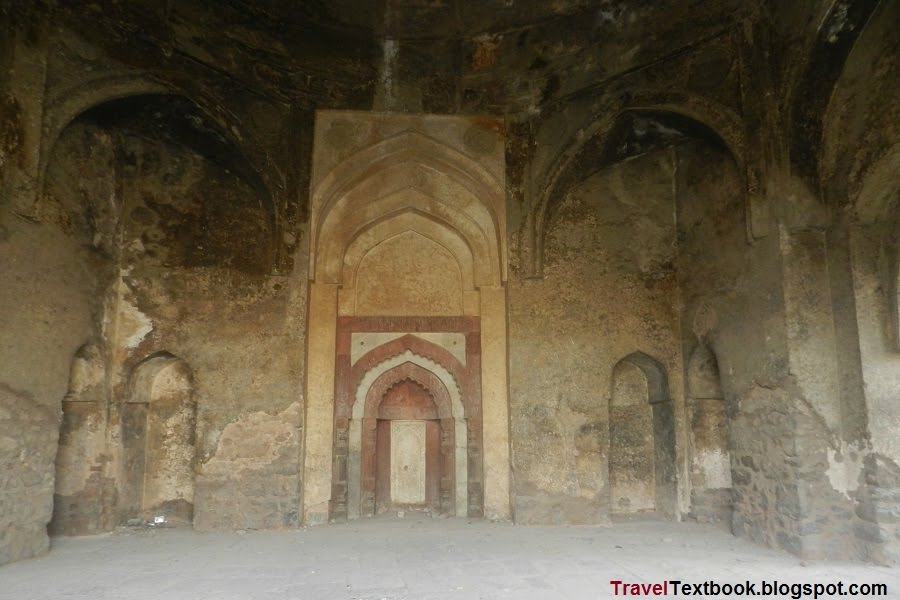
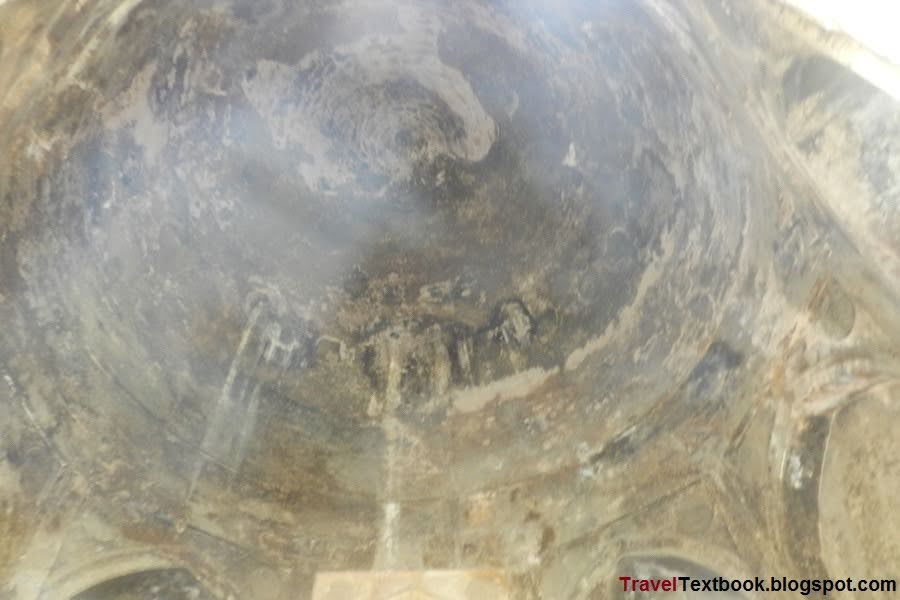

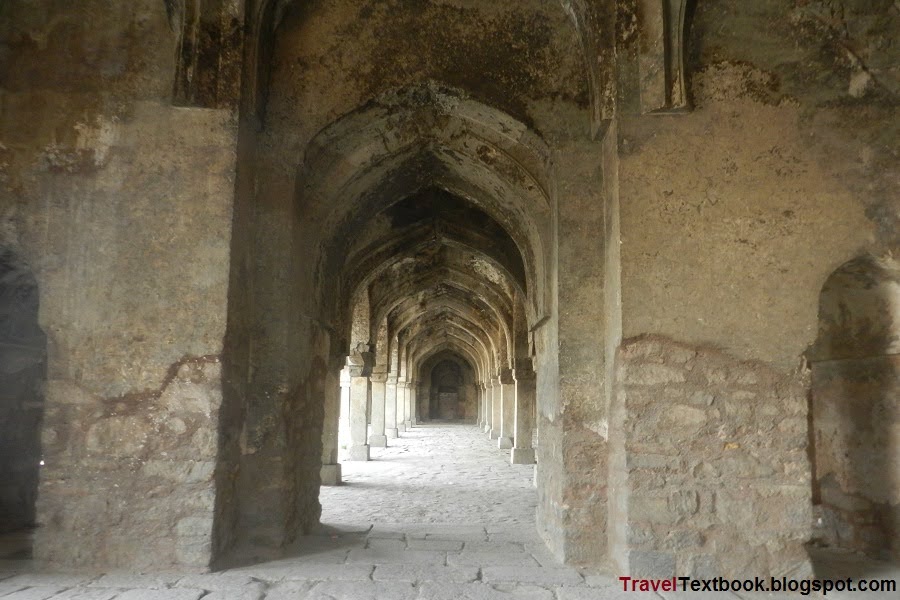
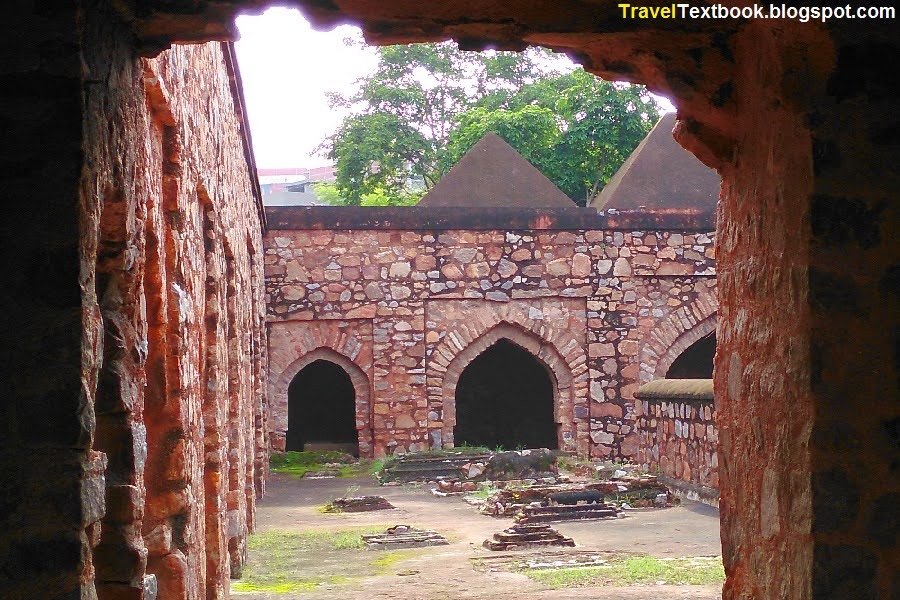
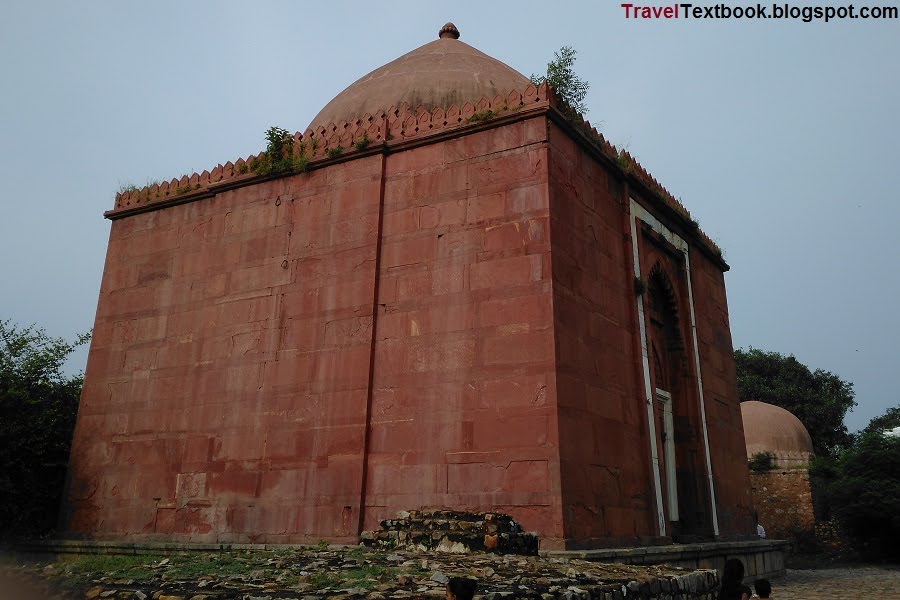








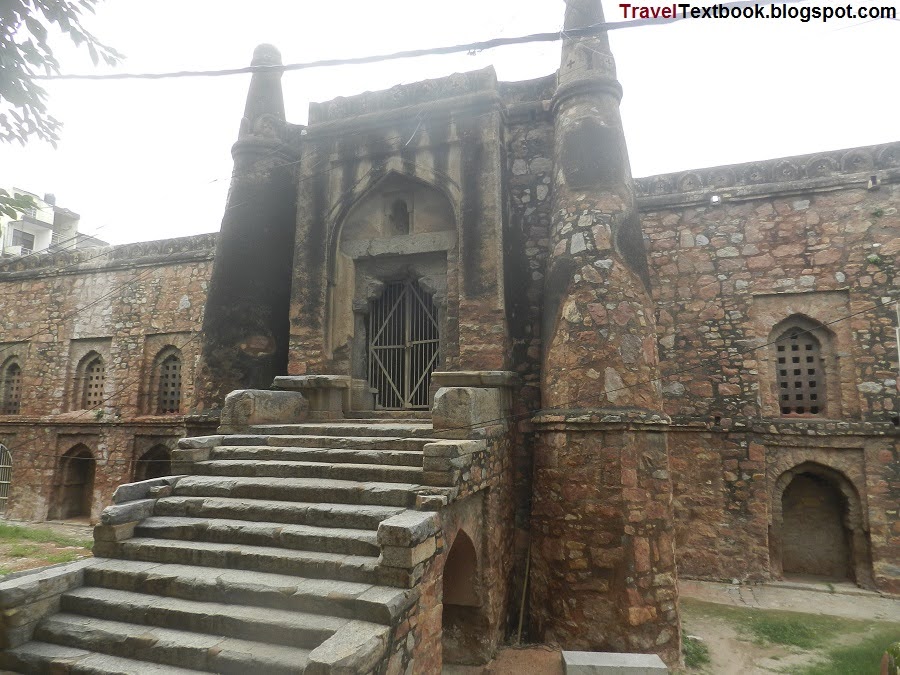






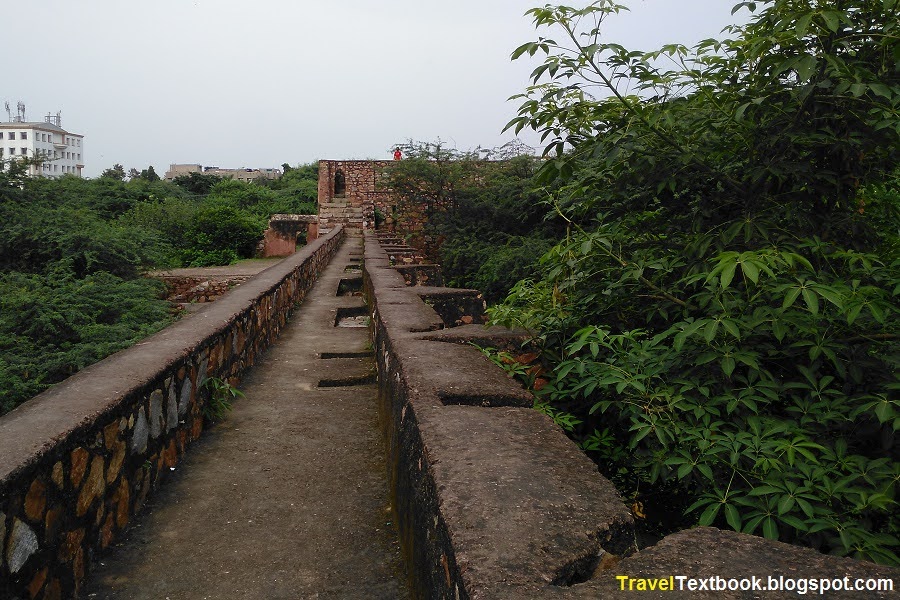

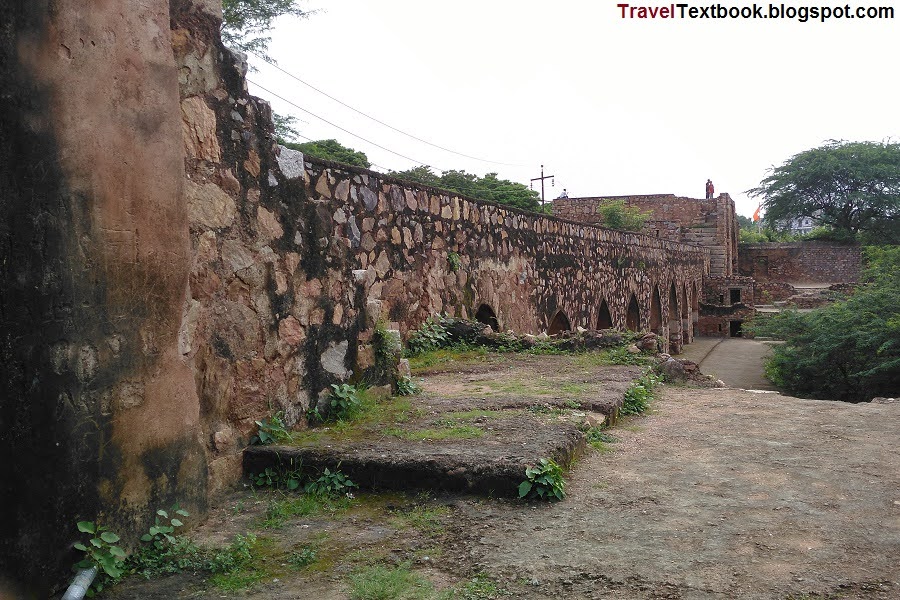


No comments:
Post a Comment